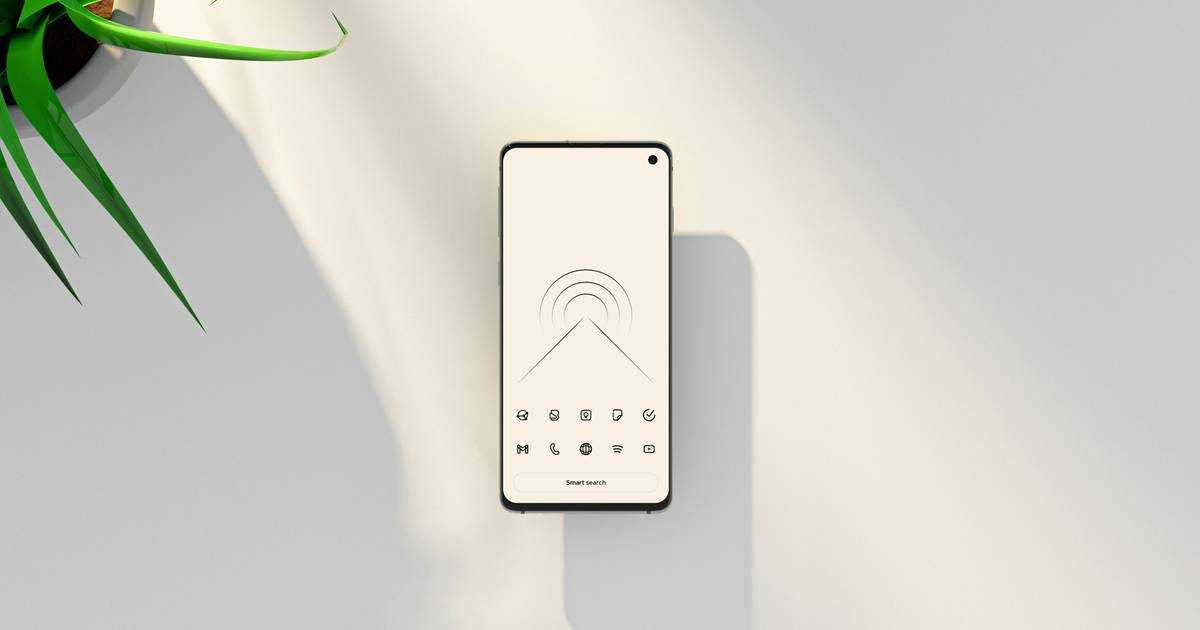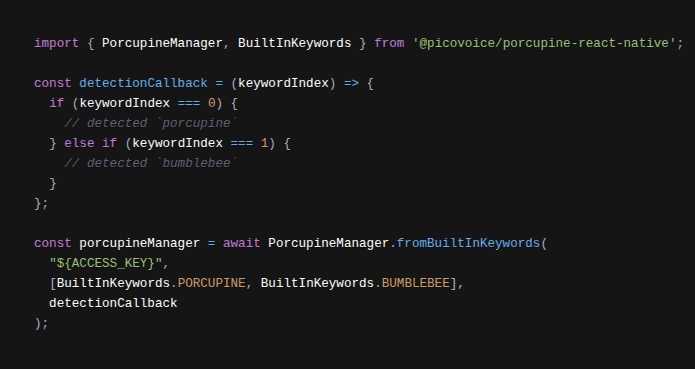The adoption of Speech Recognition is limited due to persisting challenges related to privacy, latency, and affordability, despite the improvements in accuracy. These challenges are inherent limitations of cloud computing due to its reliance on connectivity. On-device Speech Recognition algorithms process speech data locally, keeping speech data where it is generated or stored. Cloud-dependent Speech Recognition algorithms, on the other hand, send speech data over the network to a 3rd party server for processing. Thus, in recent years, machine learning experts have focused on developing On-device Speech Recognition solutions as an alternative to cloud-based approaches. While Big Tech is also moving toward on-device speech processing, it is a new concept for many developers with several myths. Let's unwrap them!
1. On-device Speech Recognition can be more accurate than cloud APIs.
Accuracy depends on several factors, such as the machine learning framework and the diversity of the training data. Even two models trained using the same neural network architecture return different results. However, the platform the models deployed on does not affect the accuracy.
Picovoice publishes open-source benchmarks to showcase the accuracy of its products and bring transparency to the market. One of them is the Natural Language Understanding (NLU) Benchmark. It proves that Rhino Speech-to-Intent is a more accurate alternative to Google Dialogflow, IBM Watson, Amazon Lex, and Microsoft LUIS. Rhino Speech-to-Intent achieves six times more accurate results while processing speech data locally on a device.
2. On-device Speech Recognition is 100% private.
On-device Speech Recognition is private by design and compliant with privacy policies and regulations. On-device Speech Recognition solutions do not need to send the speech data to a 3rd party, offering privacy beyond the legal requirements and protecting speech data whether it has sensitive information.
On-device Speech Recognition does not require certifications or agreements such as BAA for HIPAA!
3. On-device Speech Recognition offers zero latency.
Speech Recognition solutions, like any software, have two types of latency: compute latency and network latency. On-device Speech Recognition eliminates the network latency and minimizes the compute latency when models are computationally efficient and lightweight. Cloud-dependent Speech Recognition can process speech data fast, but never as fast as On-device Speech Recognition. Moreover, On-device Speech Recognition is reliable since fluctuations in the network don't affect their performance.
4. On-device Speech Recognition can be hardware and platform-agnostic.
The term "on-device" conveys a hardware-centric connotation. However, computationally efficient and lightweight On-device Speech Recognition can run anywhere - including web browsers. Legacy On-device Speech Recognition solutions such as Nuance Dragon requires significant storage space and high memory usage. Thus, the expectation from On-device Speech Recognition, in general, is similar. However, recent advances allow the development of lightweight models, hence cross-platform support.
Picovoice's On-device Speech Recognition can run from on-prem servers to web browsers, mobile apps, and embedded devices.
5. On-device Speech Recognition can be on a subscription basis.
Picovoice is the only voice AI vendor that offers On-device Speech Recognition on a subscription basis. It sometimes surprises enterprises used to working with legacy On-device Speech Recognition vendors that only accept upfront on-time payments. It's a vendor choice and not relevant to the platform the models are deployed. Picovoice has invested in a subscription-based model to enable more enterprises and superior experience, allowing:
- access to support, updates, and upgrades. Considering the advances in AI, enterprises should not use a couple of years old
Speech Recognitionsolutions to maintain their competitive edge - iterative and agile development principles. Enterprises must listen to customers and iterate products based on their feedback for successful adoption and growth
- manage working capital effectively. Not every enterprise has access to cash to pay a 5-year contract upfront
If you're ready to move from Cloud-dependent Speech Recognition to On-device Speech Recognition, start building with Picovoice for free and upgrade to the Foundation Plan if you would like to continue experimenting and developing. If you still have questions, purchase Enterprise Support and start working with experts even before becoming a customer.







